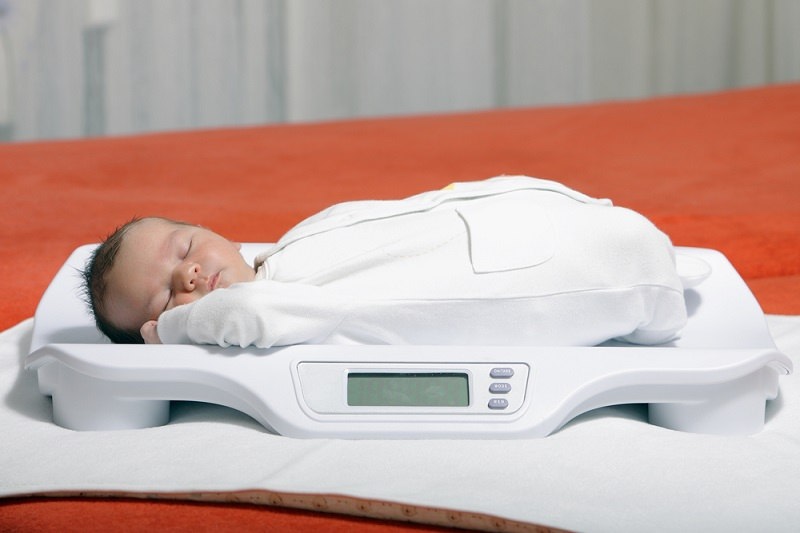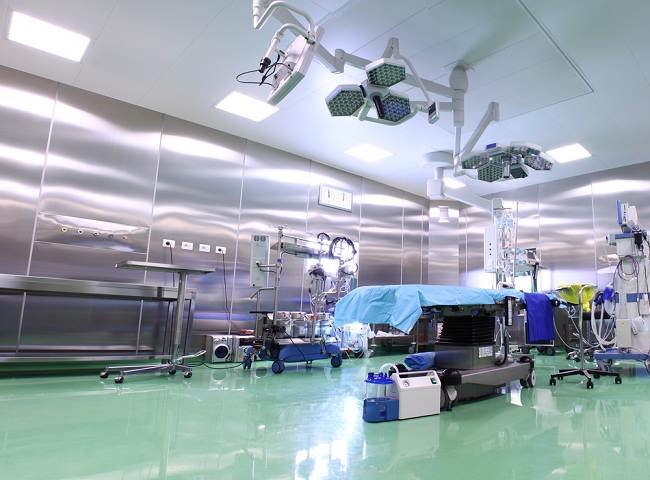Nadolol is a drug to lower blood pressure in hypertensive conditions, relieve angina pectoris, or treat arrhythmias. This drug can also be used in the treatment of hyperthyroidism and prevention of migraines.
Nadolol is a beta blocker (beta blockers). This drug works by blocking beta receptors in the heart muscle and blood vessels, resulting in smoother blood flow, slower heart rate, and lower blood pressure.

This drug can be used alone or in combination with other drugs. Nadolol should not be used carelessly and must be according to a doctor's prescription.
Nadolol trademark: -
What is Nadolol
| group | Prescription drugs |
| Category | Beta blockers |
| Benefit | Lowers blood pressure in hypertension, relieves angina pectoris, and treats heart rhythm disorders |
| Used by | Mature |
| Nadolol for pregnant and lactating women | Category C: Animal studies have shown adverse effects on the fetus, but there are no controlled studies in pregnant women. Drugs should only be used if the expected benefit outweighs the risk to the fetus. Nadolol can be absorbed into breast milk. If you are breastfeeding, do not use this medicine without consulting your doctor first. |
| Drug form | Tablet |
Warning Before Taking Nadolol
Nadolol should only be used according to a doctor's prescription. The following are some things you need to pay attention to before taking nadolol:
- Tell your doctor about any allergies you have. Nadolol should not be taken by someone who is allergic to this drug.
- Tell your doctor if you have asthma, severe heart failure, or a dangerous heart rhythm disorder, such as AV block. Nadolol should not be taken by patients who have these conditions.
- Tell your doctor if you have or have ever had heart disease, Raynaud's syndrome, kidney disease, COPD, diabetes, atopic eczema, psoriasis, depression, pheochromocytoma, or hyperthyroidism.
- Tell your doctor if you are taking certain medications, supplements, or herbal products.
- Tell your doctor if you are pregnant, breastfeeding, or planning a pregnancy.
- Tell your doctor that you are taking nadolol before having any surgery, including dental surgery.
- Do not drive a vehicle, operate heavy machinery, or do anything that requires alertness after using nadolol, as this medicine can cause dizziness.
- Do not consume alcoholic beverages while undergoing treatment with nadolol, because it can increase the risk of side effects.
- See your doctor immediately if you experience a drug allergic reaction, overdose, or serious side effect, after taking nadolol.
Dosage and Rules for Use of Nadolol
The following is the dosage of nadolol according to the condition to be treated and the age of the patient:
Condition: Hypertension
- Mature: Initial dose 40–80 mg, once daily. The dose can be increased gradually, according to the patient's condition. The maximum dose is 240 mg per day.
- seniors: The initial dose is 20 mg, once a day. The dose can be increased gradually depending on the patient's condition.
Condition: Arrhythmia or migraine
- Mature: 40–160 mg, once daily.
Condition: Angina pectoris
- Mature: Initial dose 40 mg, once a day. The dose can be increased gradually depending on the patient's condition. The maximum dose is 240 mg per day.
Condition: Adjunctive therapy for hyperthyroidism
- Mature: 80–160 mg, once daily. The dose can be increased according to the patient's condition.
How to Take Nadolol Correctly
Follow the doctor's advice and read the information listed on the nadolol package before starting to take it. This medicine can be taken before or after meals.
Make sure that there is sufficient time between one dose and the next. Try to take nadolol at the same time each day to maximize its effects.
If you forget to take nadolol, take it immediately if the break with the next consumption schedule is not too close. If it is close, ignore it and do not double the dose.
For maximum treatment effect, follow the doctor's advice regarding the implementation of a healthy lifestyle, such as eating nutritious foods, controlling stress, exercising regularly, and not smoking.
Nadolol is usually used long term. Do not stop taking this medicine without consulting your doctor first. Stopping nadolol suddenly can increase the risk of angina recurrence or worsening of the condition experienced.
Do not drink green tea or green tea with nadolol. Green tea can reduce nadolol levels in the blood thereby reducing its effectiveness.
Store this medicine in a closed place in a cool and dry room. Keep this medicine away from direct sunlight and out of reach of children.
Interaction of Nadolol with Other Drugs
Nadolol can cause drug interactions if used with certain drugs, including:
- Increased risk of arrhythmias when used with atazanavir, ceritinib, dolasetron, saquinavir, or terbutaline
- Changes in blood levels of nadolol when used with salmeterol, albuterol, formoterol, or aminophylline
- Decreased blood pressure and heart rate when used with clonidine
- Increased risk of side effects when used with diltiazem or verapamil
- Increased levels of disopyramide in the blood
- Increased risk of severe bradycardia which can be fatal when used with fingolimod or siponimod
Side Effects and Dangers of Nadolol
Side effects that can occur due to consumption of nadolol are dizziness, drowsiness, tiredness, weakness, or coughing. Check with your doctor if these side effects don't go away or get worse.
See your doctor right away if you have an allergic reaction or serious side effects, such as:
- Cyanosis
- Mood swings, including confusion or depression
- Shortness of breath, swelling of the legs, or unusual tiredness
- Slow, fast, or irregular heart rate
- Heavy dizziness
- Faint
- Tingling or numbness
- Decreased sexual desire
- Blurred vision









